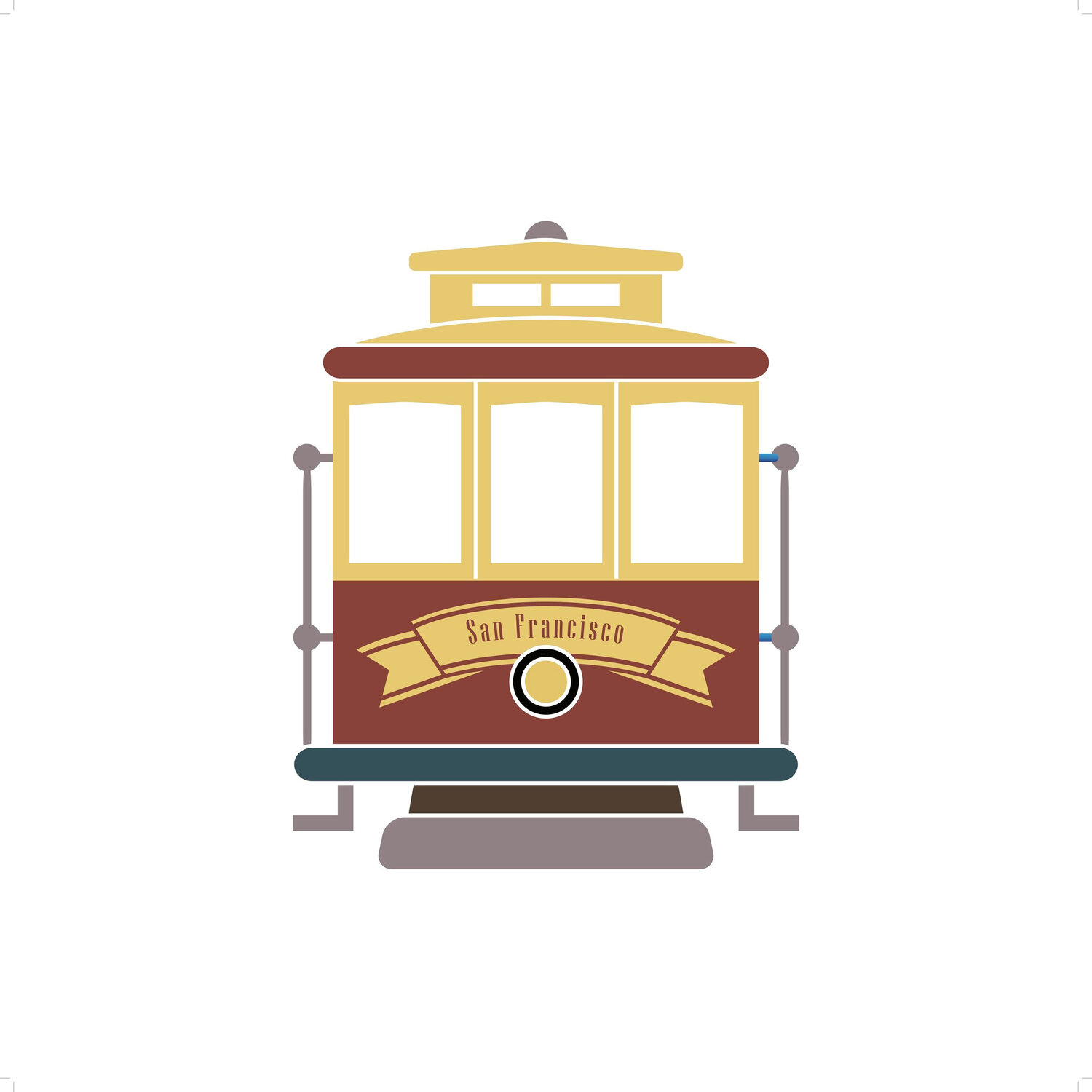Before the Midwinter: part 3
The first pavilion of the Mechanics’ Institute located on Montgomery Street between Post and Kearny. Image courtesy of the Mechanics’ Institute Archives.
The Mechanics’ Institute, a pioneering library and vocational training center now located on San Francisco’s Post Street,[i] was founded in December of 1854 during the thick of the economic slump that gripped the state after the production of mined gold slowed. The Institute aimed to provide under-employed gold miners, artisans, those skilled in trade and crafts, and their respective families with social and learning opportunities that would enable them to get new jobs and invigorate the economy.
It had been in the fair business since 1856, first managing the mechanical department of the third State Fair in San José with Warren’s backing; and then pulling off its own fair the following year on land leant for the purpose by James Lick on Montgomery Street between Post, Sutter, and Kearny. This fair was hosted in September 1857 and housed in an 18,000 square foot building – then the largest structure in the whole State. At the fair, one could see an astounding array of California’s natural resources, invention, and ingenuity including four examples of billiard tables, cabinets filled with curiosities, samples of the state's minerals, a bountiful display of the finest flowers, fruits and vegetables; two fire engines, fancy articles such as needlework, fabrics and laces, and art — from the Nahl brothers, William Jewitt, and many others.[ii] It was similar to the State’s fairs but with an emphasis on breaking technologies and local talent.
The fair had about 10,000 visitors - roughly 25% of the adult San Francisco population at the time. It was such a remarkable success that it set the pattern for virtually all of the following Mechanics’ Institute fairs: opening ceremonies marked with a welcome from the Institute’s president, a rousing speech by a local personality about the state of California’s industry, nightly musical concerts, an elaborate award ceremony, cash prizes for research conducted on various areas of technical innovation, an all night dance party, and a donation from the fair’s proceeds to a local charity. Ultimately there would be thirty more fairs which served as vehicles for the promotion of locally made products and as income and publicity generators for the Institute. The profits from ticket sales supported the Institute’s library, free lectures, and vocational classes until the last fair was held in 1899.
Portrait of Andrew Smith Hallidie from the San Francisco Centennial Celebration of 1876. Image courtesy of the California State Library.
Hallidie buttoned up his waistcoat and ran his hand through his thicket of brown curls. It was time to go. Leaving his office he headed up Clay Street and made a left on Montgomery. As his heels thudded upon the sidewalk, Hallidie tried to quiet his mind that was still awhirl from his “flying trip through the Old World”[iii] where he had visited family in London and attended the International Exposition in Paris. As he walked, his feelings turned to the wonderful things he had seen abroad. His childhood stomping grounds; the shops and manufactories, mines and quarries, railways and watercourses, churches and theaters[iv] had all matured so much in the last fifteen years to make the place nearly unrecognizable. London’s incredible and growing transportation network was particularly awe inspiring as he remembered well “the crash and jam of carriages and people that used to occur every day on Fleet Street.”[v]
Hallidie was the state’s premier wire rope manufacturer and bridge builder. In a few years he would develop the technology to transform San Francisco’s own transportation network: the cable car. A force of thoughtful energy, he had been involved with the Mechanics’ Institute since 1860, and began his first term on the board as a vice-president in 1864. Since then he had served on various committees including the one that purchased the Institute’s Post Street property in 1866. A regular reader of the California Farmer, there is no doubt that Hallidie read Warren’s July call for a world’s fair.[vi]
The implications of such an event on California’s growth, the Mechanics’ Institute’s success, and his own as an entrepreneur surely tinged his thoughts as he made his way to meet with a contingent of Mechanics’ colleagues and a committee from the Agricultural Society on August 1, 1867. The agenda was to discuss the parameters of the Institute’s support of the upcoming State Fair scheduled for that September. Hallidie, and his friend, Horace Dunn who served as the Corresponding Secretary for the Institute, were assigned to help promote the fair amongst the business community of San Francisco and facilitate the exhibition of mechanical products.[vii]
…
[i] The Mechanics’ Institute has had several locations in its 164 years. First occupying rooms in Sam Brannan’s Express Building on Montgomery at California, it moved a few times before purchasing the lot it currently occupies at 57 Post Street (between Montgomery and Kearny) in 1866.
[ii] Report of the First Industrial Exhibition of the Mechanics’ Institute, San Francisco, Franklin Office, 1858. The Mechanics’ Institute kept records in the form of a published report for most of their exhibitions that detailed the finances, exhibitors, items displayed, and the awards that were given within each class. These documents are not without their flaws and are best compared with newspaper coverage of the fairs.
[iii] Andrew Smith Hallidie, “Letter from London”, Mining and Scientific Press, volume 14; Issue 25; June22, 1867, page 386. Hallidie attended the Paris International Exposition in late spring of 1867 and wrote extensive articles about his impressions of it for Mining and Scientific Press.
[iv] ibid
[v] ibid
[vi] The California Farmer was a voluble advocate of the Mechanics’ Institute’s endeavors. Hallidie advertised his services in the California Farmer and his exploits related to his business and volunteer commitments were also regularly featured.
[vii] “State Agricultural Fair”, San Francisco Bulletin, August 2, 1867, page 2.



